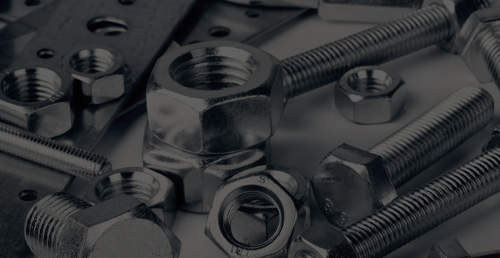Understanding J Type Foundation Bolts and Their Applications in Construction Projects
Understanding J-Type Foundation Bolts Importance and Applications
J-type foundation bolts are a critical component in engineering and construction, particularly when building structures that require a solid and stable foundation. These bolts are designed with a unique J-shaped hook at one end, which provides exceptional holding power when embedded in concrete or other materials. In this article, we will explore the significance, characteristics, applications, and installation processes of J-type foundation bolts.
Characteristics of J-Type Foundation Bolts
J-type foundation bolts are typically made from high-strength steel, providing durability and resistance to corrosion. The 'J' shape is crucial as it allows for improved anchorage in concrete, ensuring that the bolt remains secure under various load conditions. The length and diameter of the bolt can vary depending on the application, but they are generally designed to withstand significant tensile and shear loads.
The surface finish of these bolts is often galvanized or coated to enhance their resistance to environmental factors. Proper finishing is essential for prolonging the life of the bolt, especially in outdoor or harsh industrial environments.
Importance in Structural Stability
One of the primary purposes of J-type foundation bolts is to anchor structures firmly to their bases. This anchorage is vital in areas prone to vibrations, such as near highways, railways, or seismic zones, where structural integrity could be compromised. By using J-type foundation bolts, engineers can ensure that the buildings, bridges, and other infrastructures can withstand various forces, including wind, seismic activity, and weight loads.
Additionally, these bolts contribute significantly to the overall safety of a structure. A securely anchored foundation reduces the risk of collapse or structural failure, helping protect both human life and property.
Applications of J-Type Foundation Bolts
J-type foundation bolts are used in a variety of construction projects. Common applications include
2. Bridges and Overpasses These bolts are critical for securing bridge components, ensuring that they withstand the dynamic loads of traffic above them.
j type foundation bolt

3. Wind Turbines In renewable energy projects, J-type foundation bolts are vital for anchoring wind turbines, which are subject to high winds and dynamic forces.
4. Industrial Equipment Machinery and large equipment often require strong anchorage to prevent movement and vibration during operation. J-type foundation bolts help achieve this stability.
5. Telecommunication Towers J-type bolts are used to anchor towers that support antennas and other communication equipment, ensuring that they remain stable in adverse weather conditions.
Installation Process
The installation of J-type foundation bolts requires careful planning and execution. The process generally involves the following steps
1. Site Preparation The area where the foundation is to be constructed must be cleared and leveled to provide a stable base.
2. Hole Drilling Holes are drilled into the footing, ensuring they are sized to accommodate the J-type bolts.
3. Placing the Bolts The J-shaped end of the bolt is positioned in the hole, and the straight part extends above the concrete surface, ready for the structure to be attached.
4. Concrete Pouring Once the bolts are in place, concrete is poured around them. Care must be taken to settle the concrete firmly around the bolts to provide a strong bond once cured.
5. Final Testing After the concrete has cured, the installed bolts are tested for stability and load-bearing capacity, ensuring they meet engineering specifications.
Conclusion
J-type foundation bolts play an essential role in modern construction, providing the necessary stability and security for various structures. Understanding their characteristics, applications, and installation methods is crucial for engineers and builders alike. As construction technologies evolve, the importance of high-quality anchorage solutions like J-type foundation bolts will continue to be paramount in ensuring the safety and longevity of our built environment.
-
Weatherproof Plastic Expansion Anchors for OutdoorZprávyJun.06,2025
-
Sustainability in the Supply Chain: Eco-Friendly TEK Screws ProductionZprávyJun.06,2025
-
Load-Bearing Capacity of External Insulation FixingsZprávyJun.06,2025
-
Double Head Bolts: Enhancing Efficiency in Industrial MachineryZprávyJun.06,2025
-
Corrosion Resistance in Chipboard Screws: Coatings for Wholesale DurabilityZprávyJun.06,2025
-
Butterfly Toggle Bolts : Enhancing Structural ResilienceZprávyJun.06,2025
